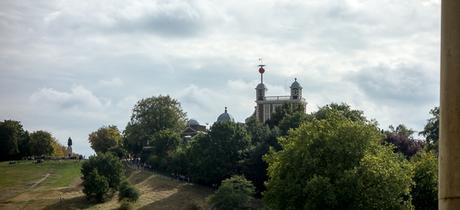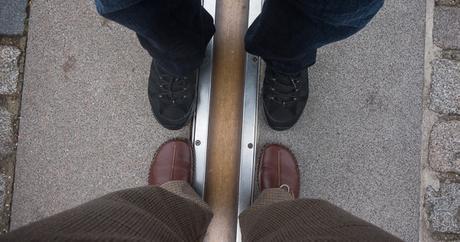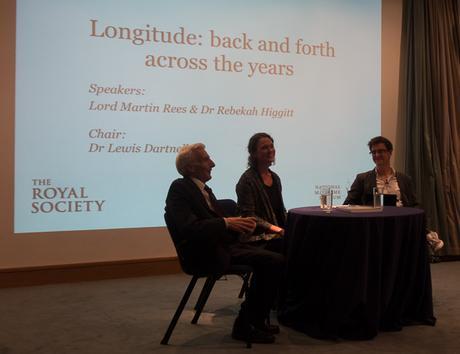 Welcome to British Isles Friday! British Isles Friday is a weekly event for sharing all things British — reviews, photos, opinions, trip reports, guides, links, resources, personal stories, interviews, and research posts. Join us each Friday to link your British-themed content and to see what others have to share. The link list is at the bottom of this post. Pour a cup of tea or lift a pint and join our link party!
Welcome to British Isles Friday! British Isles Friday is a weekly event for sharing all things British — reviews, photos, opinions, trip reports, guides, links, resources, personal stories, interviews, and research posts. Join us each Friday to link your British-themed content and to see what others have to share. The link list is at the bottom of this post. Pour a cup of tea or lift a pint and join our link party!
I shared photos from our boat ride to Greenwich in last week’s post. We arrived at Greenwich in time to watch the ball drop. The Greenwich Time Ball rises to the top of its pole in the 5 minutes before 1pm and drops at precisely 1pm each day. It’s been doing that since 1833 when ships used it to set their clocks to Greenwich Mean time.

The time ball, at its moment at the top of the pole, on Flamsteed House in Greenwich

Rick and Joy straddling the Prime Meridian in Greenwich
We went to England at the time we did in order to see the exhibit honoring the 300th anniversary of the Longitude prize at the National Maritime Museum in Greenwich. I didn’t get any photos of the exhibit, but it was really great to see the five clocks that John Harrison built. We both read Longtitude by Dava Sobel to learn that history. Many more items from the long history of the attempt to determine longitude, accurately, at sea were on display, including many things about Captain Cook’s voyages.
We went to Greenwich on the day we did because we had tickets to a presentation featuring the current Astronomer Royal, Martin Rees, and one of the exhibit’s curators.

Lord Martin Rees, current Astronomer Royal and former president of the Royal Society, with Dr. Rebekah Higgitt and Dr. Lewis Dartnell.
One of the things we learned from Lord Rees was about the inventor, John Taylor. He made a fortune using bimetallic strips in electric tea kettles. John Harrison invented the bimetallic strip as part of his quest for an accurate timepiece. Taylor collects old watches and clocks that use that technology and some of them were displayed in the Longitude exhibit.
We fell in love with the electric tea kettles in our hotel rooms in England. We’ve seen enough British sit-coms to know the joke — when people move into a new apartment or get married, they end up with several electric kettles because everyone believes they are the perfect gift. That’s how ubiquitous they are in Great Britain. They are much less common in the US, but it was our first purchase after we got home for our trip and is now our most used appliance.
More photos from our day in Greenwich and earlier days of our England trip are up on my Flickr photostream.
